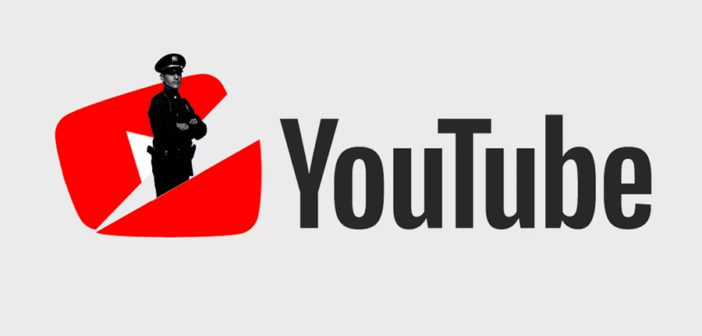Just as controversies roll off Donald Trump, scandals don’t affect YouTube the way that many people hope they will.
YouTube is embroiled in another ad scandal, with advertisers freezing their buys over videos of children on the platform accompanied by obscene comments. Ad buyers say the controversy won’t lead brands to dial back their spending on the platform, though. Those that pull their ads are likely to return, and YouTube will continue to grow and wield control over video buyers.
“Brands say they care [about brand safety], but do they really?” said an ad buyer from an agency holding company, requesting anonymity out of concern of irritating Google. “History says they’ll be back and spending more.”
On Nov. 24, The Times of London reported that brand ads on YouTube were being served next to content and comments that exploited children. Particularly bothersome for brands was that ads were being served next to videos of children singing and dancing in their underwear on YouTube, commenters repeatedly left sexually suggestive comments on the videos and YouTube failed to boot the predatory accounts in a timely manner.
In response to this, brands like Mars, Lidl and Adidas pulled their ads off YouTube. YouTube declined an interview request, but said in a statement that it has shut down hundreds of accounts for making predatory comments and is “working urgently to fix this.”
If this sounds familiar, that’s because it is. In March, brands like AT&T and Verizon took their ads off YouTube after the Times — the newspaper owned by Google enemy Rupert Murdoch that also kick-started YouTube’s most recent controversy — published an exposé that showed brand ads appearing in videos that promoted terrorism.
Despite all the hubbub, most of the brands that pulled their ads from YouTube were back on the platform within a few months, and the boycott had little impact on YouTube’s bottom line.
“When you are part of a monopolistic culture, [putting up with YouTube’s gaffes]comes with the territory, unfortunately,” said an exec of an independent ad agency requesting anonymity. “You don’t have a lot of control when they have all of the video views. I think brands will forgive YouTube and move on.”
Marcus Pratt, vp of tech at media-buying shop Mediasmith, said the blowback YouTube is receiving should remind advertisers that digital video doesn’t match TV’s quality or scale. Advertiser optimism about digital video has led demand to exceed supply. This trend leaves advertisers dependent on YouTube — one of the few places selling video inventory at scale — and it has driven publishers to pivot to video in a desperate attempt for ad dollars.
Even if some brands commit to their YouTube holdout for the long haul, it is next to impossible for an individual advertiser to make a dent in the platform’s ad business since it is designed to perpetually draw in buyers by the thousands. Brendan Gahan, founder of social agency Epic Signal, said one of his clients has yet to come back to YouTube after pulling out from the platform this summer, but that overall, his agency continues to put more money toward YouTube in each successive quarter.
The holding company ad buyer said the brouhaha won’t stop brands from pouring money into YouTube, but the protests still serve a purpose for buyers. After YouTube’s scandal earlier in the year, advertisers pressured the video platform into allowing more third-party measurement tags on its platform.
“This will blow over quickly,” the buyer said. “But brands should indeed make a lot of noise. It’s the only thing that forces YouTube to focus on fixing its problems.”
–
This article first appeared in www.digiday.com
Seeking to build and grow your brand using the force of consumer insight, strategic foresight, creative disruption and technology prowess? Talk to us at +9714 3867728 or mail: info@groupisd.com or visit www.groupisd.com

